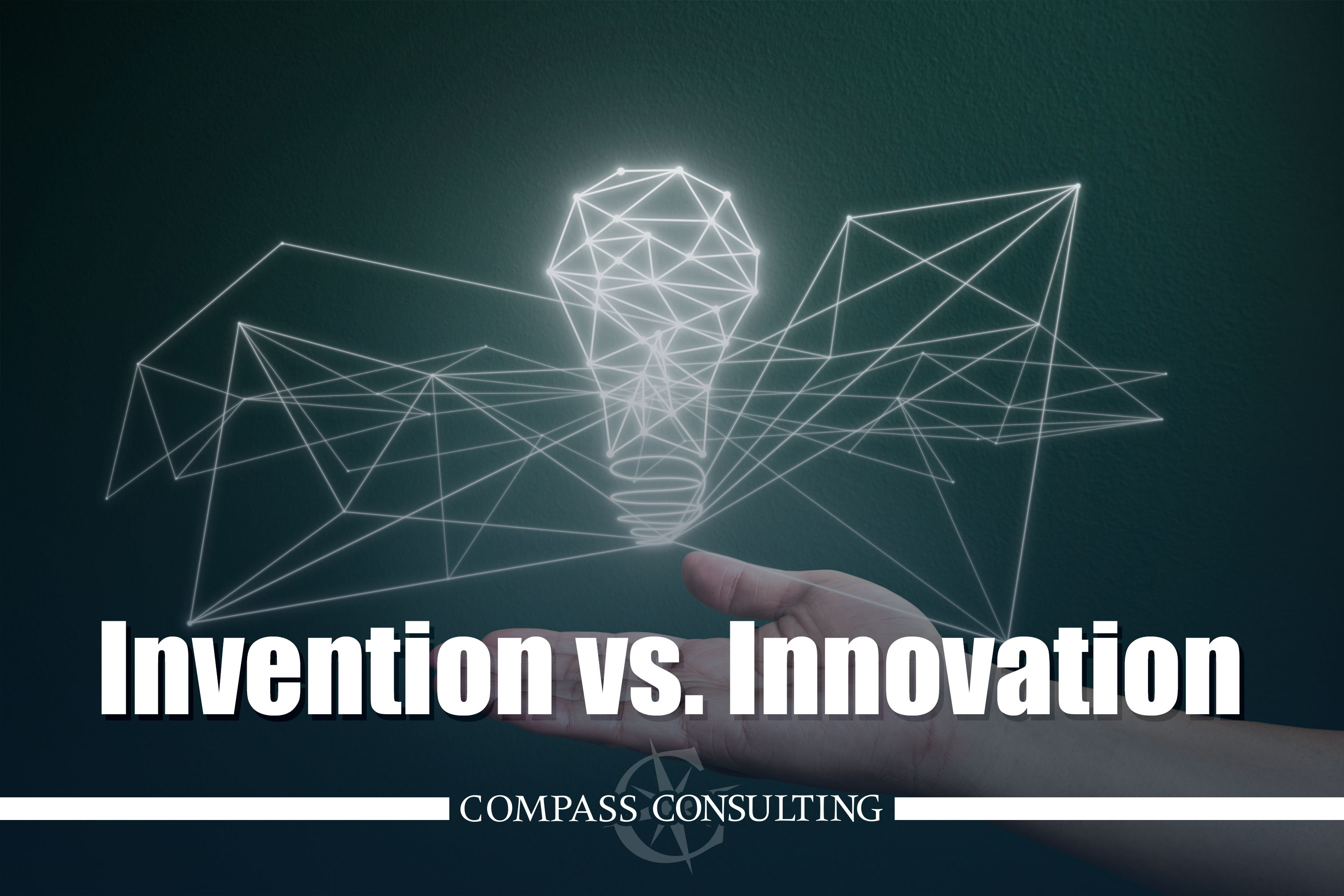During a recent sales call, I spent a few minutes in a showroom waiting on my customer (client name and industry withheld to protect the “innocent”). I marveled at a glass display case full of manufactured components that would ultimately find their way into some of the most intricate and technologically advanced equipment the world over. I couldn’t help but ponder the cost of the tiniest valve or titanium screw…probably in the thousands. My contact found her way out to meet me and we proceeded into the back offices to check out the workstations and network…where I was met with the most outdated, dilapidated jumble of network IT gear I have ever seen. I couldn’t help but wonder: how can a company producing some of the most complex and fragile pieces in the world count this as their IT investment? Sadly, this was not a one-off occurrence. Far too many similar firms, regardless of industry, do not place a high value on Information Technology. So, besides the predictable reasons of being more “cutting edge” or adopting technology for its own sake, why do companies need to invest in technology?
ROI/Competitive Edge
In the Hartford Business Journal article, Leveraging Technology as a Competitive Advantage, author Carlos Perez asserts, “Technology can and is a catalyst for cutting costs, but it is time to stop looking at technology as merely an operational expense and see it as a competitive advantage.” (HBJ, February 22, 2016). The enlightened CEO views tech as a way to gain market share, launch competitive products and enhance their services. Because of our consultative approach with our customer base, Compass Consulting is constantly asking if they consider IT as a key component of their business goals and processes. What profit and growth opportunities are being missed if your answer is no?
Scalability
Today’s technology offers scalable infrastructure, applications, and solutions that never before existed. In year’s past, a technology upgrade meant expensive equipment and hardware outlays, often in the tens or hundreds of thousands of dollars. As capital expenditures grew, companies often needed to stretch or make do with their purchases for several years in order to justify the investment. In addition, small firms with moderate budgets were priced right out of the conversation. With today’s Virtual Desktop Infrastructures (VDI), cloud-based solutions, automation and the like, firms are not locked into an ongoing diminishing return of scale investment. Cloud Service Providers (CSP) such as Microsoft Azure or Amazon Web Services allow clients to incrementally utilize their offerings on an as-needed basis. Moreover, as budgets and headcounts ebb and flow, today’s technology can be scaled up and down to meet the demand.
Better Access & Interaction with Customers
Customers demand instant access to your company from anywhere: desktop, tablet, or smartphone. Today’s consumer inherently expects this level of technological options. If a company fails to possess a vibrant, active online presence or offer myriad electronic communications options they are doing themselves a huge disservice. All companies must realize that an empowered and well-financed communications network is mutually beneficial for both company and client. By investing in UCaaS communications, website development, online web commerce, and Social Media Marketing (SMM), firms now have global access and interaction with their customer base. Market boundaries are no longer limited to a city or state but are as far-reaching as a firm wishes to target.
Similarly, the company that invests in technology also improves communication amongst its internal customers. Communication is the vital cog that keeps the company machine running efficiently. Paul J. Meyers stated, “Communication – the human connection – is the key to personal and career success.” Whereas internal communication was formally peeking one’s head over a cubicle or making a jaunt down the hall, today’s multinational firms have a wider footprint plus a higher remote workforce volume; good internal communication, spanning thousands of miles and several time zones would disintegrate quickly in the absence of adequate technology.
Infrastructure Safety
Natural & manmade disasters, Spoofing, Trojan Horse, Phishing, Spyware, Malware, Ransomware…the security threat list is endless. Hackers and other wrong doers will not rest and rolling out increasingly sophisticated threats each day. But ultimately, much of the responsibility lies with the company that places themselves in peril because of little emphasis on system backups, cloud replication, operating system patching, or Disaster Recovery plans. Failing to invest in upgraded security tools is akin to burying one’s head in the sand. According to Gartner, The average cost of network downtime is around $5,600 per minute. That is around $300,000 per hour. Facing these types of frightening costs, many firms fail to ever recover. It is commonplace to have home disaster insurance or life insurance – why do many fail to invest in a Disaster Recovery or Business Continuity Plan?
Relevance
Investing in technology is far more critical to a company’s longevity than many imagine. It is less to do with “keeping up with the Jones’s” than being left completely in the dust. At its apex, 9,094 brick and mortar Blockbuster Video stores populated the country. Blockbuster’s cognizant decision to shun the new digital download technology of competitors such as Netflix crippled the once mighty retailer. Though the ultimate reasons for their downfall may be slightly more complex, it cannot be denied that with failure to adopt an evolving technology the damage had already been done — Blockbuster was no longer relevant in the video rental space.
Do you consider IT as a key component of your business goals and processes? For assistance in planning or executing your company’s annual technology budget, please contact Compass Consulting today.













